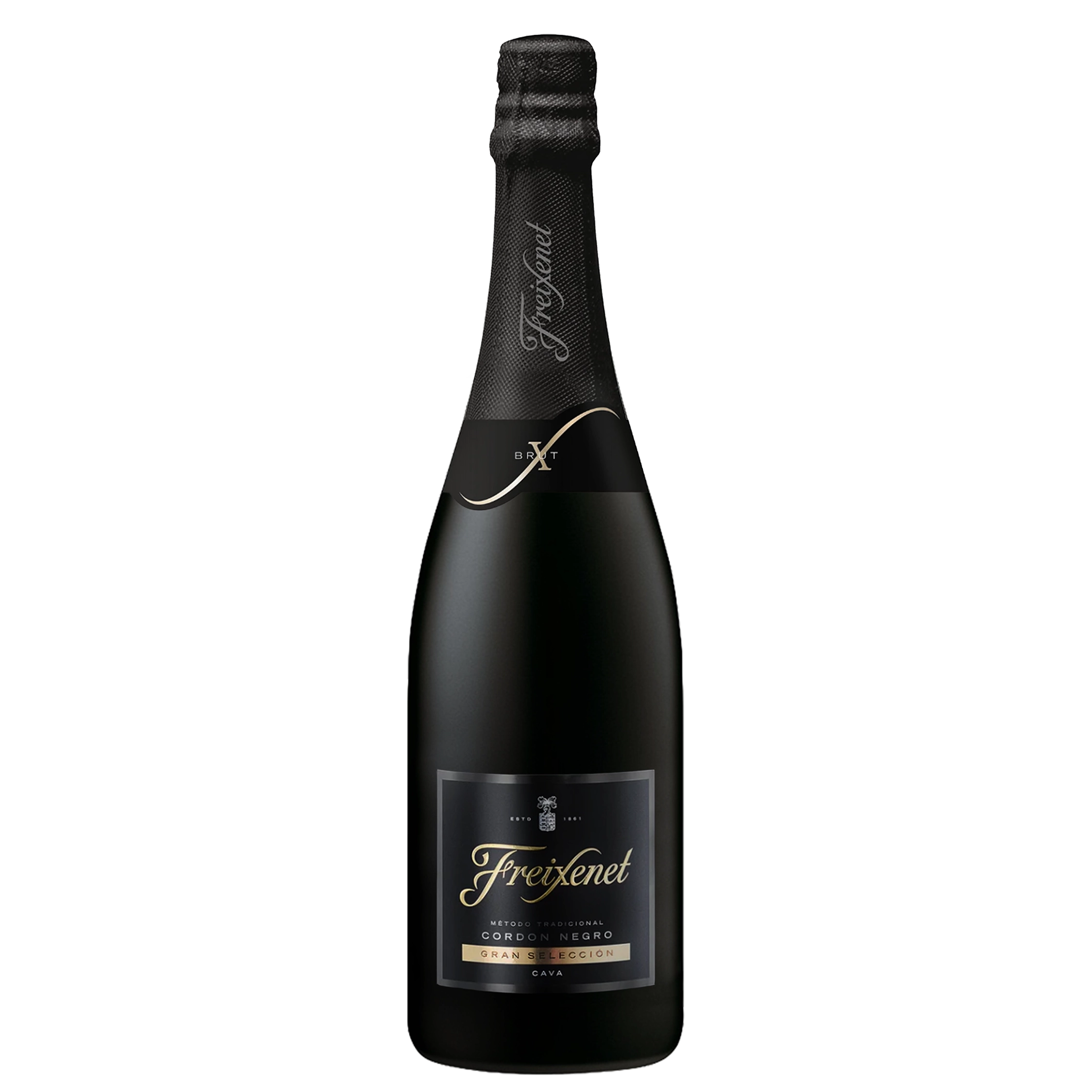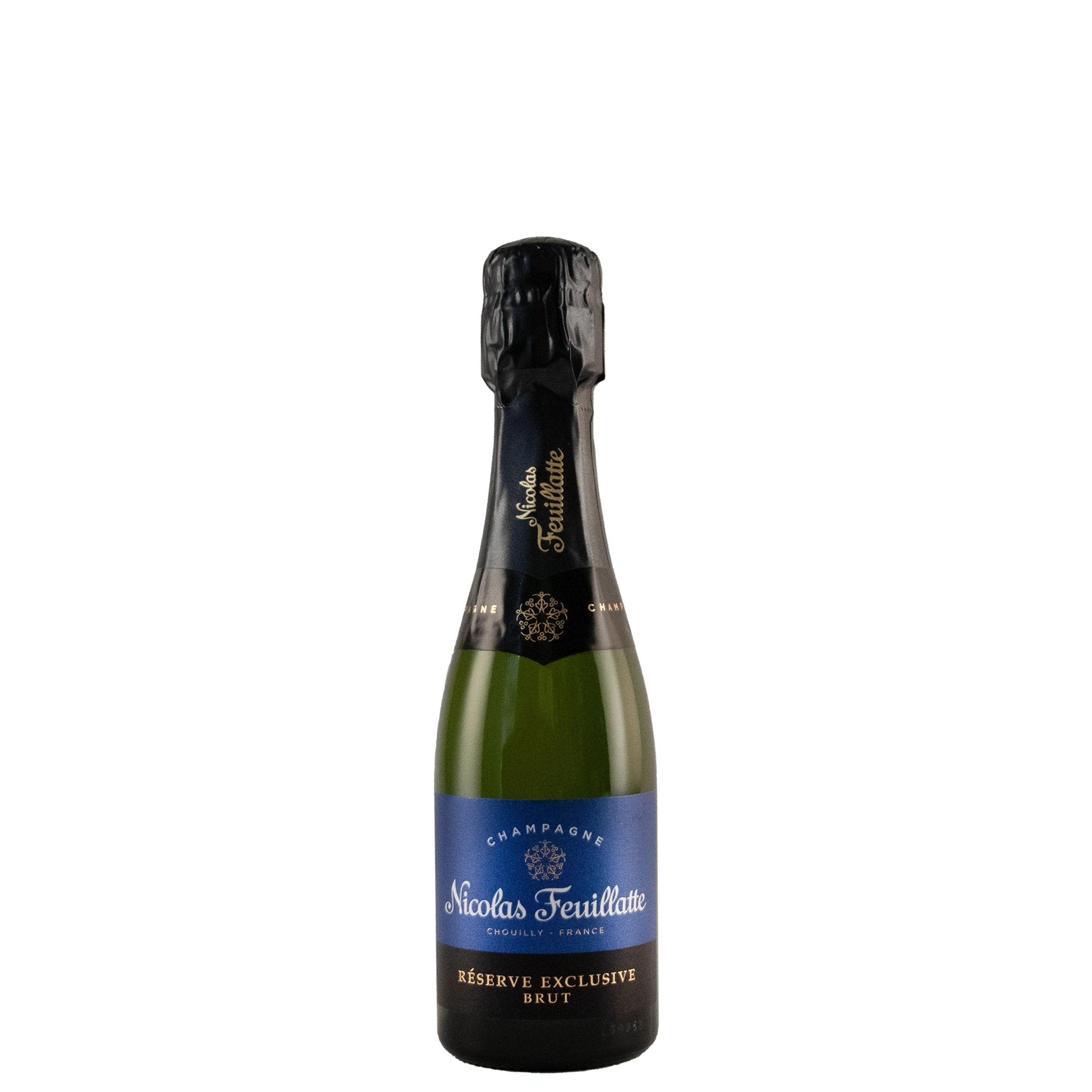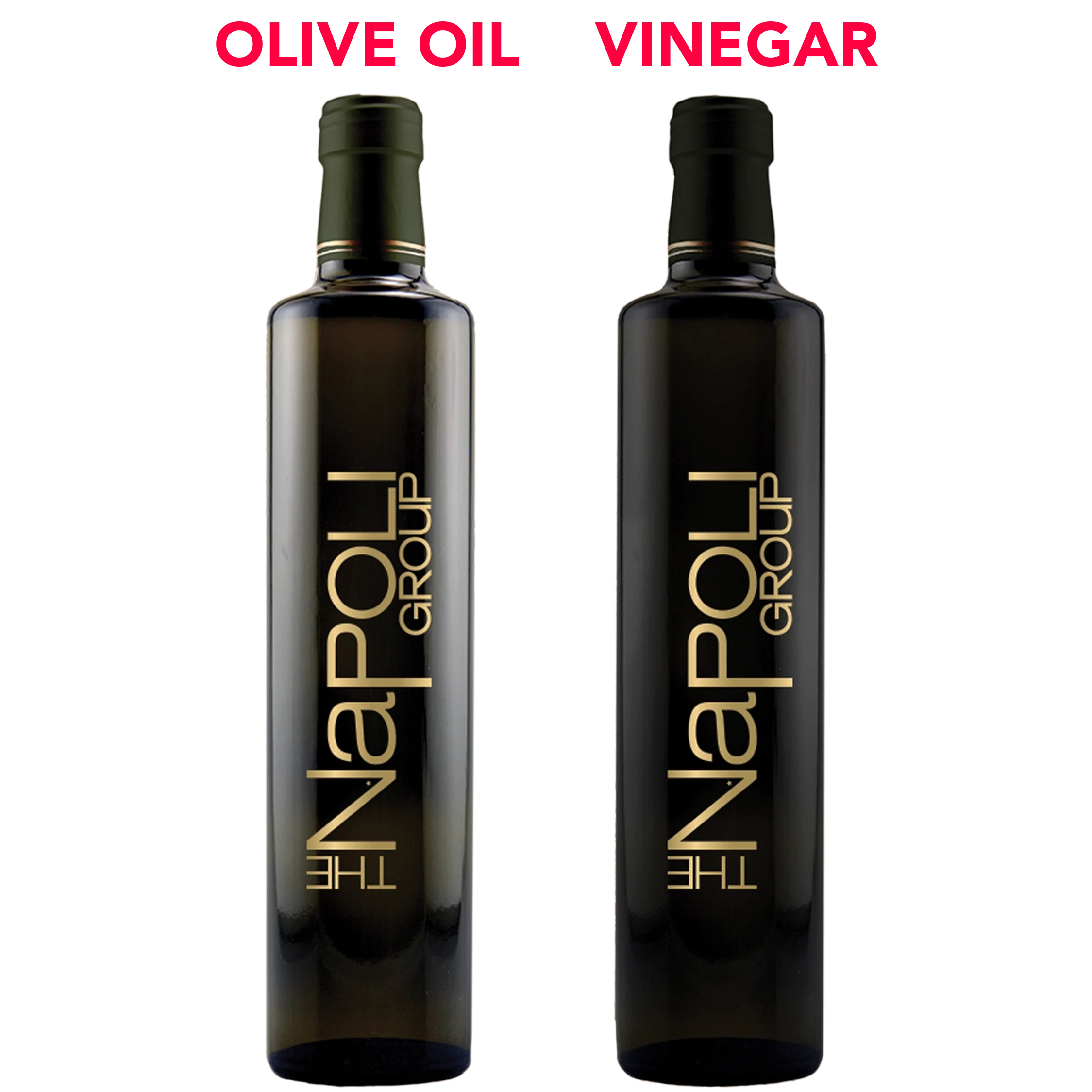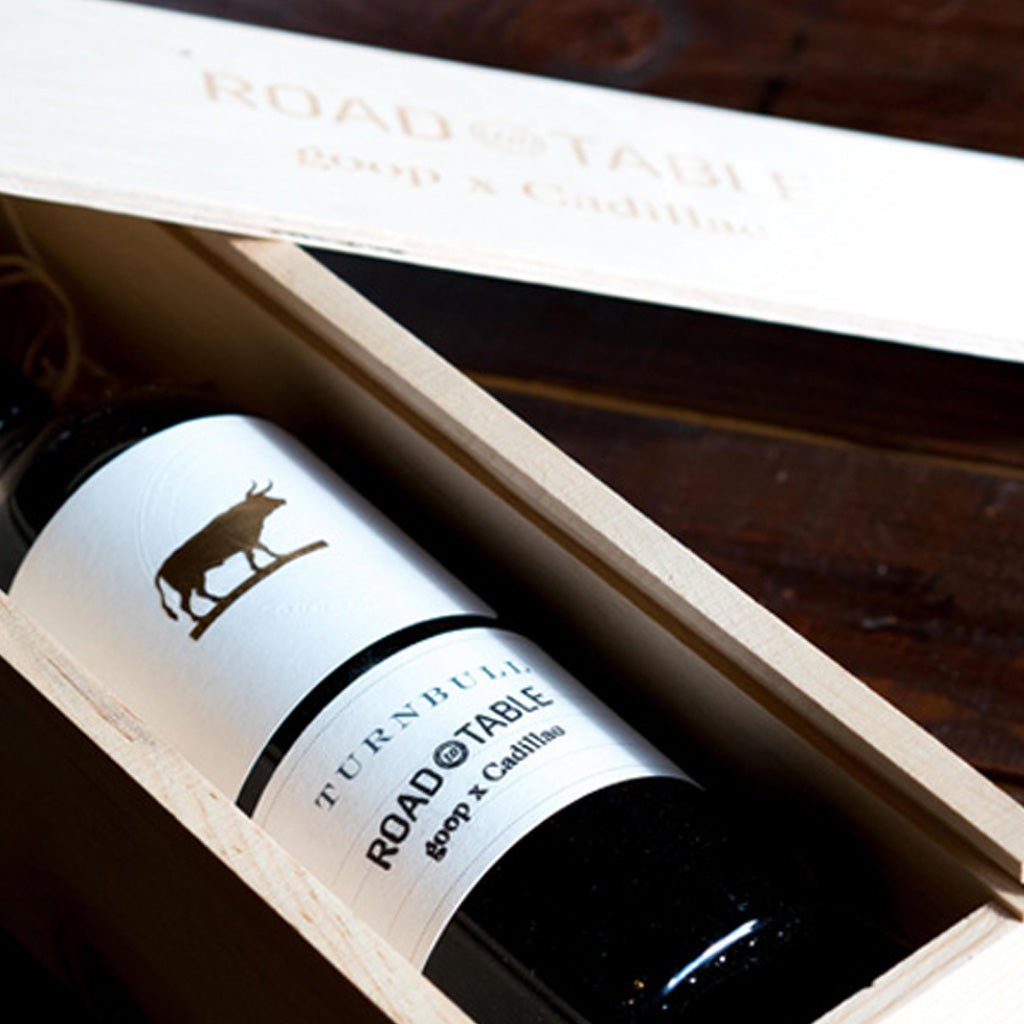
Maybe you’re the white wine enthusiast who always gets Chardonnay, simply because your mother drank it, or because you’ve drank it before and not been disappointed. That is no fun! There is a whole world of wine out there to try - literally, most countries in the world make a variety of wine types. This guide will help you make the decision a little easier, for the next time the waiter asks what you are thirsty for!

Part of the fun of wine is the mystery. Different wine types produce different styles of wine, but there are some standard flavor and style profiles that wine varietals tend to follow.
Do you want there to be sweetness in your wine?
If your answer is Yes, here are some options:
White Wine Types:
1. Moscato Wine
Moscato wines originated in Italy and are almost always sweet. They can be made into sparkling wine - often called Asti or Spumante, or served still, which means there is no carbonation. Moscatos are full of fruit flavor, left over from the natural sugars in wine grapes. Typically flavor tones are tropical, centered around peach, pear, bright citrus, and berries.
Pro Tip: The lower the alcohol percentage of wine, the sweeter it often is. This is because the natural sugars in wine grapes are eaten by yeast, and turned into alcohol.
If you answer is Yes, a little sweetness, here are some options:
2. Riesling Wine
Riesling wine is by far the most versatile of wine grape types, in being able to range in sweetness anywhere from bone dry to deliciously sweet. Simply put, it’s one of the most traditional German wine types, which is reasonably tolerant to cold weather. Heat makes a wine grape ripen, creating more sugar. Cold weather stops it from ripening, while also preserving acidity. Winemakers play with this balance of sugar and acidity with all wine types, but it truly shines with Riesling. Often you will taste sweet apple, pear, and citrus tones in Rieslings right away, yet the wine type will finish slightly dry.
The dry tones are actually due to the acidity present. Very sweet Rieslings may incorporate flavors of peach, while dry style Rieslings may taste like tart apple and Meyer lemons. A great Riesling to try that is right in the middle of sweet and dry is Chateau Ste Michelle! If this ends up being too dry for you, try their harvest select sweet Riesling!
Pro Tip: If you are looking for a higher quality wine with sweetness, this is our suggested route. Often the most expensive sweet wines are made from Riesling.
Would you prefer a less sweeter taste?
If Yes, then here are some more wine types to try:
3. Pinot Grigio Wine
It’s Italian! It sounds fancy when you order it. Pinot Grigio, a white wine type that wine drinkers often gravitate towards a few years into their wine drinking career. This is due to the complex nature of its fruit tones (mostly citrus based), as well as its ability to have sweet fruit tones without having actual sugar in the wine. With this white wine type you’ll taste lemons, limes, green apple, and honeysuckle. Pinot Grigios also incorporate mineral tones from the soil as an active flavor component of the wine, which can turn off some beginner drinkers. For more advanced white wine type drinkers, this adds a new layer of complexity in flavors that sweeter wine types lack. Try Mezzacorona Pinot Grigio. It is the best of both worlds!
4. Rose Wine
All grapes have white juice. It is the contact with the grape skins that truly make red wine appear red. These are wine types made from standard red wine grapes, which do not undergo maceration. This is basically a fancy way of saying that the skins only lightly touch the grape juice when pressed or squished out. Winemakers only leave the grape juice in contact with the skins for a short time, typically ranging between 6 - 36 hours.
Standard red wines are wine types that can macerate for weeks! This list skin contact allows Roses the ability to capture light red berry fruit and herb tones, without getting the full dry flavor tones that come from the tannin in grape skins. Imagine light, tart cherry and raspberry flavors, mixing with soft tones of flower petals. This wine type is often described as dry, yet fruity and light - making it very easy to drink!
That’s all for now folks! Next post, we will dive deeper into each white wine type, and how their country of origin affects flavor!






















